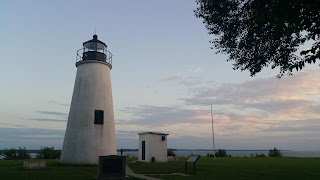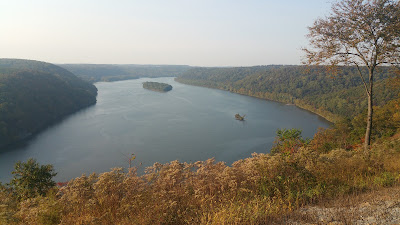The Maconnaise
Macon Rouge and Blanc
Macon Rouge can be either plain or superieur, with the superieure clocking in at a minimum of 11° alcohol, it forms the bulk of the wine. In theory Macon Rouge can be either Gamay or Pinot Noir, but almost none of the Pinot Noir is sold under that label since it can be marketed as Bourgogne and fetch a higher price.
Macon Blanc-Villages
The best Macon Blancs come from a region of forty villages starting with the village of Chardonnay and heads south to the border with Beaujolais. The wine can be named either Macon-Villages or Macon followed by the name of the village. The wines vary in style from commune to commune and winemaker to winemaker but this is a region dominated by co-operative and those are the chief source of supply to the local negociants.
Pouilly-Fuisse
The most seen of the highest Macon crus, it is also a fine example of French Chardonnay. The southerly location has only one drawback in that the wines can reach 14° alcohol and appear to be too heavy. Pouilly-Fuisse vineyards extend over four communes: Vergisson, Solutre, Fuisse, and Chaintre. The four communes have small distinctions between them; Fuisse has the best reputation, Chaintre the least. Solutre produces the wine with the most body, but has a tendency to coarseness. Vergisson is the most delicate, Fuisse has some clay and the wines are more structured because of it, Pouilly makes tender wines that have good finesse. Pouilly-Fuisse is rarely a wine that one would call elegant, it is a full bodied, rich, exotic and even fat wine, sadly often lacking in acidity that would let it age longer. There are fundamental differences in winemaking techniques from the broader Maconnaise. You see considerably more oak in Pouilly-Fuisse, sometimes the winemakers blend barrel fermented wine with vat fermented wine to produce a uniform style, with more oak being used for the superior cuvees; occasionally you see wine made in the style of the Cote d’Or with fermentation and elevage in oak.
Satellites of Pouilly-Fuisse
There are four appellations that are all between Pouilly-Fuisse and Macon-Villages in quality they are as follows: Vire-Clesse, Saint-Veran, Pouilly-Loche, and Pouilly-Vinzelles. Vire-Clesse is the newest appellation of the region and used to be the site of the best Macon-Villages wine. Saint-Veran was the first appellation that required the wine to approved by tasting panel, which all appellations now follow, it was carved out of the southern Macon-villages area, as a sort of halfway house between Macon-VIllages and Pouilly-Fuisse it is an excellent Value. Pouilly-Loche and Pouilly-Vinzelles are the real satellites of Pouilly-Fuisse while they are more expensive than Saint-Veran they are not necessarily better wines.
Youtube clip at top: https://youtu.be/MhvmLT-66So
Youtube clip at top: https://youtu.be/MhvmLT-66So


Comments
Post a Comment